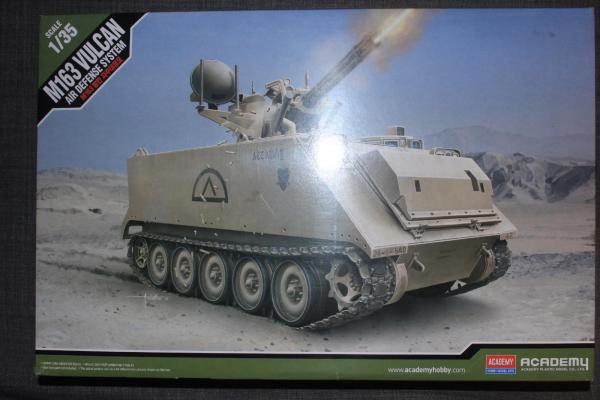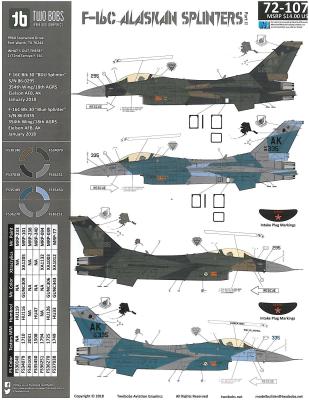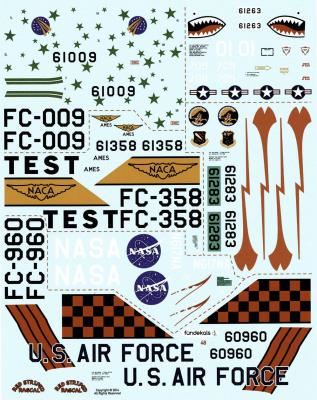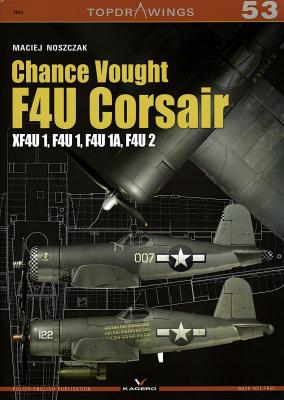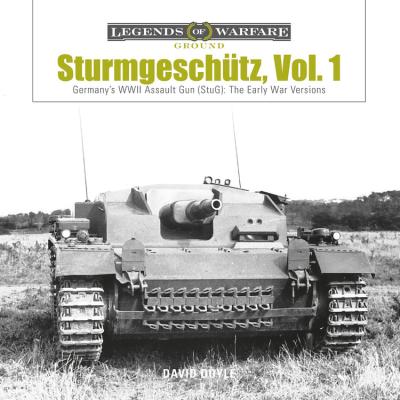The M113 is a long serving fully tracked APC that was first fielded in Vietnam by the US Army in 1962. It has long been replaced by the M2 and M3 Bradley in front line roles but this versatile chassis still has a number of units in service in support roles. One of the most interesting uses of this chassis is the M163 Vulcan Air Defense System or VADS. This marries the M113 to the M168 rotary cannon, which is a variant of the 20MM M61. This new injection molded kit from Academy is one among previously released versions of the M113 chassis. It is an oldie yet goodie chassis with some new sprues that to add the parts for the M163 variant.
Welcome to the IPMS/USA Reviews site!
Introduction: The primary organization of the IPMS/USA Review website is by IPMS/USA National Contest Class. Within each Class there are sub-menus by kits, decals, books, etc. The Miscellaneous Class is for items that are not class specific or that cross two or more classes.
IPMS/USA Members: We encourage you to submit reviews, both here and to the Journal. To volunteer for membership in the IPMS/USA "Reviewers Corps" and submit your own reviews, please read the Guidelines For Submitting Product Reviews.
Manufacturers, publishers, and other industry members: IPMS/USA is pleased to offer your company the opportunity for product reviews. All product reviews are performed by IPMS/USA members, and are posted in the publicly-accessible section of our website. With very few exceptions, we perform full build reviews of new kit releases, aftermarket products, and supplies. If you would care to provide product samples for review, please contact John Noack, IPMS/USA 1st VP.
To learn more about IPMS/USA, please see our About Us page.
The Air Force’s 18th Aggressor Squadron is based at Eielson AFB in Alaska and flies specially painted F-16s in fulfilling its role of simulating opposing air forces. Over the years its F-16s have worn a wide variety of paint schemes mimicking those used by potential opponents. Recently, the Squadron painted some of its F-16s in several variations of the “Splinter” scheme recently observed on Russian Su-34s and the Sukhoi T-50. Two Bobs have now issued decal sheets in 1/32, 1/48 and 1/72 scales to allow modelers to depict these schemes.
Fündekals provided these five sample sheets for my review. Each sheet provides numerous decals. The F-102A sheets each provide either five or six sets of individual markings. In the case of the Stencil sheet at least one complete set of markings (many of which I used in completion of my F-102A model, and in the Stars and Bars sheets, numerous national insignia.
This is a very handy reference publication for modelers. In this booklet by Maciej Noszczak, there are 20 pages of beautiful line drawings, side view color plates and photos of the XF4U-1 prototype.
There is little in the way of text, aside from a long paragraph detailing the basic developmental stages for the Corsair family of aircraft.
The line drawings are highly detailed (including one full page inserted and removable page). The line drawings are prepared in 1/48th scale while the color plates are done in a larger unspecified scale. However, these color plates provide a number of valuable color references in both two-tone grey over white, solid dark grey, and the ever popular intermediate blue and dark blue over white schemes. Though far from an expert on the Corsair, I made several comparisons, using Tamiya’s 32nd scale kit and panel lines and even rivet details appear to be accurate.
David Doyle is a well-known author of over 100 books published since 2003, covering a wide range of military subjects. Adding aircraft and warship subjects to his already lengthy list of published books covering military vehicles, Doyle’s portfolio of publications continues to expand rapidly, while maintaining the highest degree of quality, accuracy, and depth of coverage.











